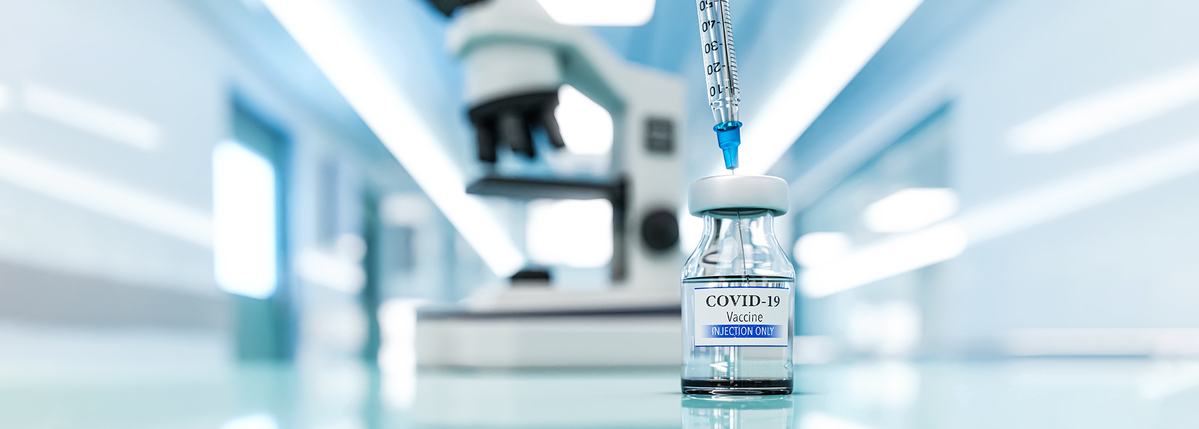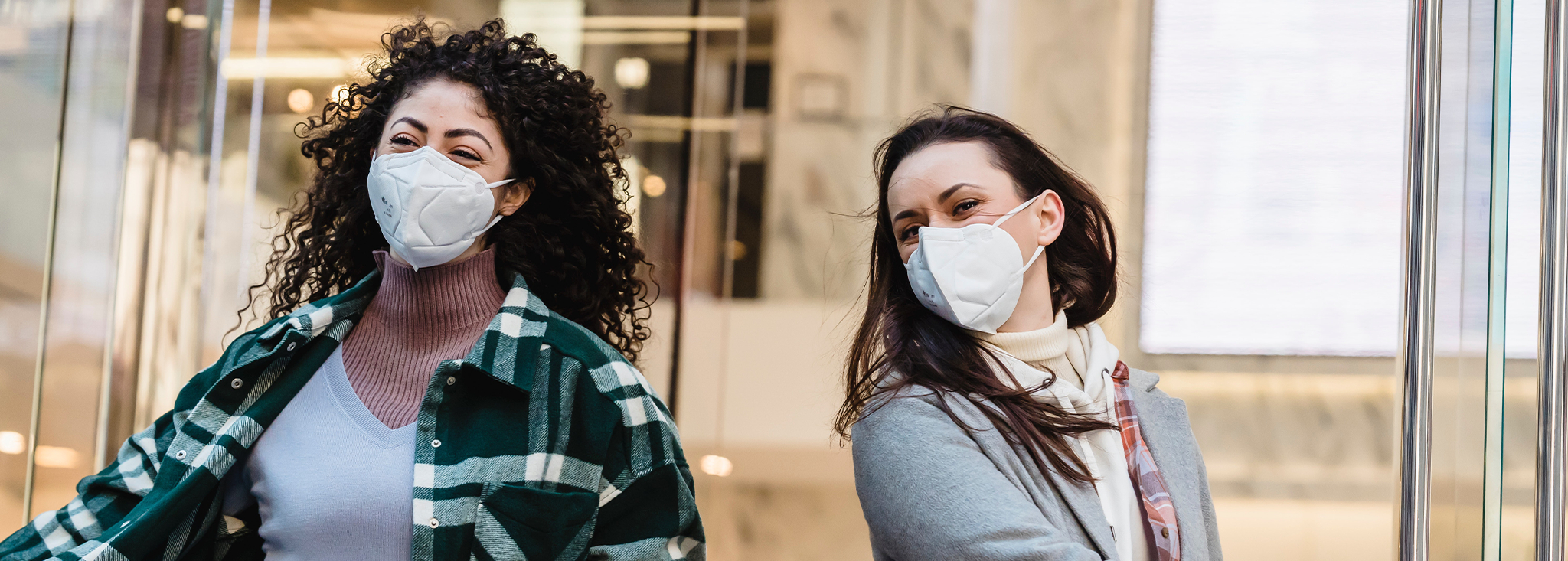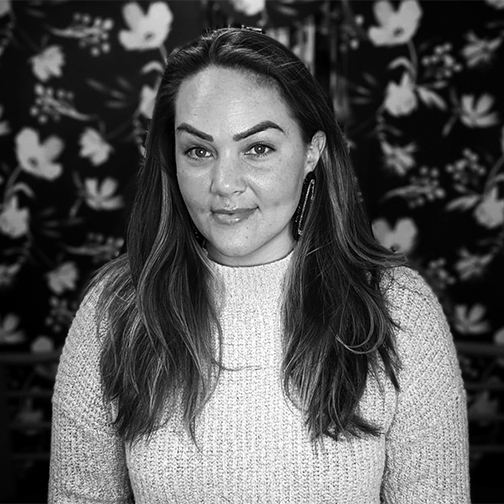When Should You *Actually* Use Glucagon?
Written by: Lala Jackson
3 minute read
March 16, 2021
Editor’s Note: This content was made possible with support from Zealand Pharma, an active partner of Beyond Type 1 at the time of publication.
Like many people living with diabetes, I was taught that glucagon is only ever used after someone has passed out from a low blood sugar and, since I’ve yet to pass out from a low *knock on all the wood in existence*, glucagon was not something I used to spend much time thinking about.
What I now know is that glucagon can be used in any instance of a severe low blood sugar, also called severe hypoglycemia. A severe low is defined as any low that results in an inability to function physically or mentally. There is no rule, despite many people’s understanding, that someone should already be unconscious before using glucagon.
In fact, if you are experiencing a severe low, administering glucagon—either yourself or with help—is one of the safest actions you can take. The hormone triggers our bodies to release sugar from the liver and muscles, raising our blood sugar back to a safe level.
Over the past few years, I’ve experienced a handful of severe low blood sugar events where it became hard to chew (I normally have raisins or gummies on hand) or maneuver a straw into a juice box. Glucagon would have been a good idea, but because it had been so ingrained in me that glucagon is only for unconscious people, I made potentially dangerous decisions in each moment.
My (lack of) history with glucagon
After being diagnosed in 1997, my family filled my original glucagon prescription, but other than a few glances into the red plastic container from time to time, overwhelming myself with the thought of such a large needle going into my thigh if things went badly, I didn’t devote much thought to my glucagon.
We never trained anyone how to use it, or discussed our family’s plan for when we might have to use it on me. Over the years, we refilled the prescription a small handful of times, but overall I was content with knowing there was an expired glucagon somewhere in the house and somewhere at school.
When I went to college, the glucagon went from a moving box to a drawer in my dorm room, never being mentioned to roommates or friends. When living with a boyfriend in my 20s, he knew what clues of a low blood sugar to look out for that would prompt grabbing a juice box, but I never trained him how or when to use glucagon either, despite a few tough conversations about what a severe low blood sugar could lead to.
Learning my glucagon lesson
Then, new glucagon showed up. Right after nasal glucagon came to market, I asked my endocrinologist to write a prescription and got it filled. I shared how to use it with the friends I spent most of my time with, and even did a little tutorial/explainer on Instagram stories so my circle knew how to use it, noting that if I ever did pass out in their presence, it would likely be due to a low and they should dig into my bag to find the glucagon.
Fast forward another few months—I’m taking a walk with a friend and start to realize my blood sugar is tanking quickly. I’m a half mile from home and, in an effort to be a minimalist, didn’t have anything on me other than my phone and keys. My blood sugar seemed fine and level when we ventured out and I thought I would be okay, but I remember my continuous glucose monitor (CGM) saying I was around 100 with double down arrows. There were no stores between my apartment and where we were.
I knew that if I walked home quickly, it would probably cause me to drop more quickly, but if I walked slowly, I might not make it home in time before I passed out. I contemplated asking my friend to run ahead with my keys to grab a source of sugar from my house then run back, but was scared to be left alone and figured it would ultimately take longer for him to go and come back then it would take for me to get home.
About two blocks from home, my vision and balance started to go. My CGM showed I was around 50 with double down arrows, but I was probably already lower since CGMs have a slight delay. Tears were streaming down my face and I was terrified that I was about to lose consciousness right then and there.
Trying to stay calm and in an attempt to stay conscious, I talked my friend through if/then scenarios. Ultimately, I did make it home, where I went straight to my cabinet, ripped open bags of gummies, and poured orange juice down my throat straight from the bottle. I didn’t even think about my glucagon.
It took more than 45 minutes for my blood sugar to stabilize, much of the time spent with “LOW” showing on my CGM rather than a number registering. I cried the entire time. I was so scared, so shaken and knew how close I had just gotten to passing out. I was mad at myself for not being prepared—for not having a plan or back up supplies with me.
Once I stabilized, my friend and I talked about what he should do if this happened again in the future. It was only then that I thought to mention glucagon, and when he asked why I hadn’t just used that, I didn’t have an answer other than, “I just didn’t think of it.”
Rewiring our brains toward glucagon
After not having great options for glucagon before a few years ago, it makes sense that so few of us think of glucagon first when making a plan for how to treat severe lows, but it’s time to rewire our brains toward using glucagon.
Just like insulin is our tool to keep our blood sugar levels in a healthy range, glucagon—a hormone just like insulin—should be too. With more and easier to use glucagon options on and coming to market, it’s time to make it part of our low blood sugar plan.
Related Resources

Editor’s Note: This content was made possible with support from Zealand Pharma, makers of Zegalogue®, an...
Read more

Editor’s Note: We have a simple goal: tap into the power of the global diabetes...
Read more

Editor’s Note: We have a simple goal: tap into the power of the global diabetes...
Read more


